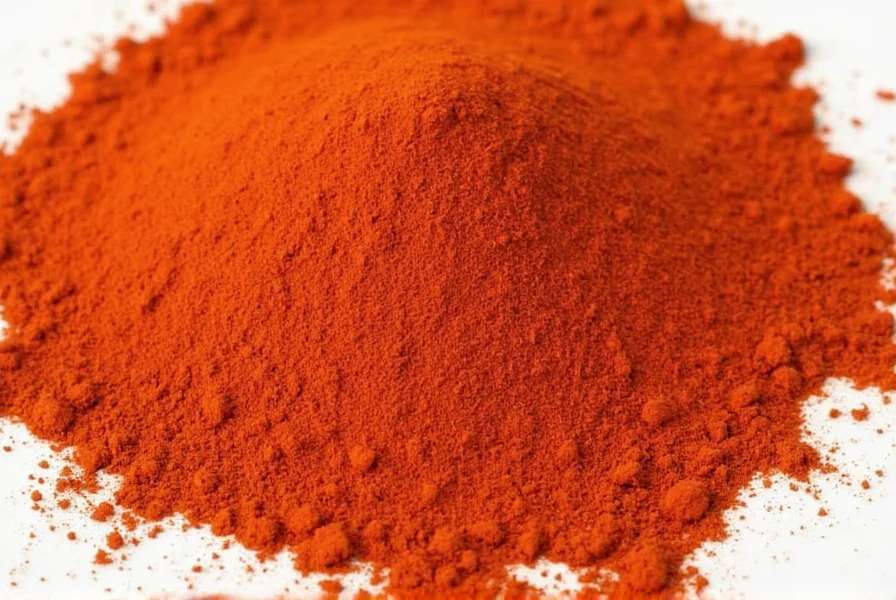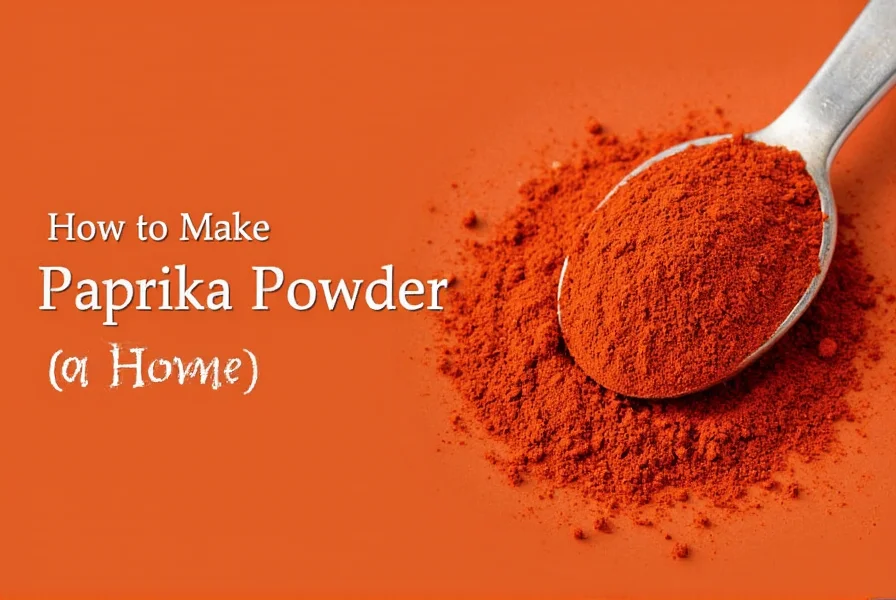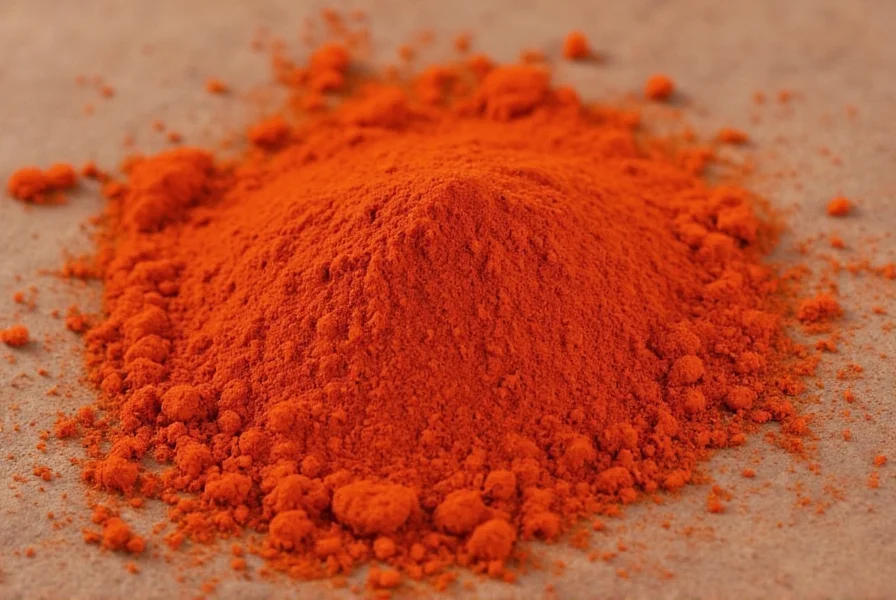Creating your own paprika powder at home unlocks vibrant flavor and color that often surpasses store-bought versions. Homemade paprika lets you control the heat level, freshness, and quality of your spice. Whether you've harvested peppers from your garden or found a great deal at the market, transforming them into paprika powder is simpler than you might think.
Understanding Paprika Varieties
Before making paprika powder, understand the different varieties you can create. Paprika ranges from sweet to hot, with regional variations affecting flavor profiles:
| Variety | Pepper Type | Flavor Profile | Best For |
|---|---|---|---|
| Sweet Hungarian | Kalocsai or Szegedi | Fruity, mild, earthy | Goulash, stews, coloring |
| Spanish Smoked | Pimiento de la Vera | Smoky, medium heat | Paella, roasted meats |
| Hot Hungarian | Cayenne hybrids | Spicy, complex | Spicy dishes, sauces |
Selecting the Right Peppers
The foundation of excellent homemade paprika is choosing appropriate peppers. Look for fully ripe, deep red peppers with thick walls. Bell peppers won't work well as they lack the characteristic paprika flavor. Ideal varieties include:
- Ánulás: Sweet Hungarian variety, perfect for traditional goulash
- Kristály: Mild with excellent color retention
- Cayenne: For hot paprika varieties
- Poblano: Creates a unique, earthy paprika
Harvest peppers when they're fully red and glossy. Avoid green spots as they indicate immaturity, which affects both color and flavor development in your final powder.

Step-by-Step Paprika Powder Production
Follow this detailed process to create high-quality paprika powder at home:
Preparation
- Wash peppers thoroughly and pat dry
- Cut lengthwise and remove seeds and white membranes (these contain most heat)
- For hot paprika, retain some membranes
- Lay peppers flat on drying surface, skin-side down
Drying Methods Compared
Drying properly is the most critical step in how to make paprika powder with vibrant color and flavor. Rushing this process results in dull, bitter spice.
- Air Drying: Traditional method requiring 2-3 weeks. Hang peppers in a warm, dry, dark place with good airflow. Ideal temperature: 70-80°F (21-27°C).
- Oven Drying: Set oven to lowest setting (140-170°F / 60-77°C). Place peppers on wire racks with oven door slightly ajar. Takes 8-12 hours.
- Dehydrator: Most consistent method. Set to 135°F (57°C) for 10-15 hours until peppers snap when bent.
Properly dried peppers should be completely brittle with no moisture remaining. Any flexibility indicates insufficient drying, which can lead to mold during storage.
Grinding Process
Once completely dry, follow these steps for perfect paprika powder:
- Break dried peppers into smaller pieces
- Use a dedicated spice grinder (coffee grinders work well)
- Grind in small batches to prevent overheating
- Process until fine powder forms (30-60 seconds per batch)
- Sift through fine mesh strainer to remove large pieces
- Regrind any larger pieces separately

Storage Techniques for Maximum Freshness
Homemade paprika powder maintains peak flavor for 6-12 months when stored properly. Follow these storage guidelines:
- Use airtight glass containers with tight-fitting lids
- Store in a cool, dark place away from heat sources
- Include a silica gel packet to absorb moisture
- Label with date of production
- For extended storage, keep in freezer
Check your paprika periodically for color fading or aroma loss, which indicates degradation. Properly stored homemade paprika should retain its vibrant red color and distinctive aroma for at least 6 months.
Troubleshooting Common Issues
When learning how to make paprika powder, you may encounter these common problems:
- Fading color: Usually caused by excessive heat during drying. Always use low temperatures.
- Mold development: Indicates insufficient drying. Ensure peppers are completely brittle before grinding.
- Bitter flavor: Result of over-drying or using immature peppers. Monitor drying process carefully.
- Inconsistent texture: Caused by improper grinding. Sift and regrind larger particles.
Using Your Homemade Paprika
Freshly made paprika powder elevates dishes with vibrant color and complex flavor. Use it in traditional Hungarian goulash, Spanish paella, or simply sprinkle over roasted vegetables. Unlike commercial paprika that may contain anti-caking agents, your homemade version will blend seamlessly into sauces and marinades.
For the best flavor impact, add paprika toward the end of cooking or use it in cold preparations. Heat degrades paprika's delicate compounds, so finishing dishes with a sprinkle preserves maximum flavor.
Frequently Asked Questions
Can I make paprika powder without a dehydrator?
Yes, you can make paprika powder without specialized equipment. Air drying is the traditional method - simply string peppers on twine and hang in a warm, dry, dark place with good airflow for 2-3 weeks. Alternatively, use your oven on the lowest setting with the door slightly ajar for 8-12 hours, checking frequently to prevent burning.
How do I know when peppers are properly dried for paprika?
Properly dried peppers for paprika should be completely brittle and snap cleanly when bent. They shouldn't feel leathery or flexible. When you break a piece, it should shatter rather than bend. Any moisture remaining will cause mold during storage, so ensure complete dryness before grinding.
What's the difference between sweet and hot paprika?
The difference comes from which parts of the pepper you use. Sweet paprika is made from the pepper flesh only, with all seeds and white membranes removed. Hot paprika includes some or all of the seeds and membranes, which contain capsaicin. You can control the heat level in homemade paprika by adjusting how much of these spicy components you include.
Why does my homemade paprika lose color quickly?
Color loss typically occurs from improper drying temperatures or light exposure during storage. Paprika's vibrant red color comes from carotenoids that degrade with heat and light. Always dry peppers at temperatures below 140°F (60°C) and store your finished powder in an opaque, airtight container away from light sources to preserve color.











 浙公网安备
33010002000092号
浙公网安备
33010002000092号 浙B2-20120091-4
浙B2-20120091-4